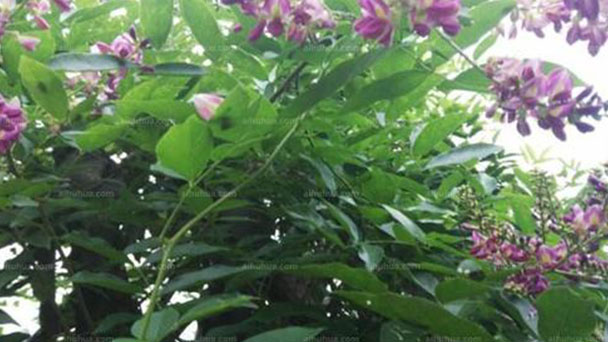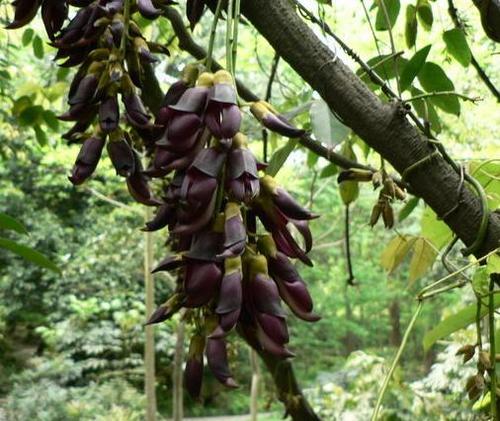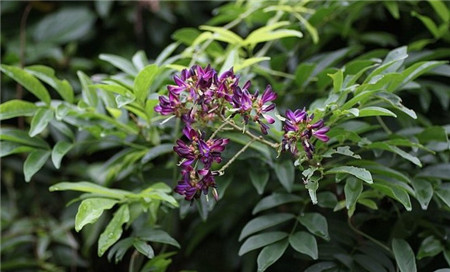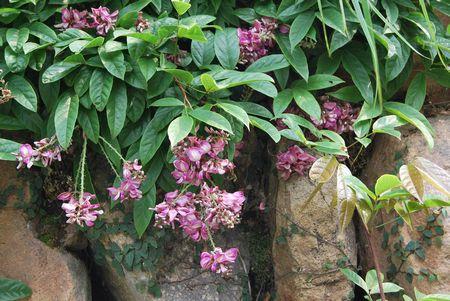How to grow Spatholobus suberectus
Written by Maggie
Dec 24 2020

After being dried, Spatholobus suberectus is put into medicine and harvested in autumn and winter. It has the functions of promoting blood circulation and replenishing blood, regulating meridian and nourishing skin, etc. It is widely distributed in Yunnan, Guangxi, Guangdong and other provinces in China, and is also the main variety of medicinal materials planted by people. The following we’ll provides how to grow Spatholobus suberectus

1. Land preparation for Spatholobus suberectus
The growing environment of spatholobus suberectus can be selected as the seedling bed of Spatholobus suberectus, which is below 500 meters above sea level, with convenient drainage and irrigation, gentle slope with leewind and humidity, or field field, with deep sandy soil layer. Dug up the soil in the winter of the previous year, freezing to death most of the pests that wintered in the soil.
2. Cutting Spatholobus suberectus
Spatholobus suberectus is commonly used for sowing and propagation, but also for cutting and split-plant propagators. Sowing propagation, ripe period pod from green to black brown should be harvested in time, otherwise pod torsion crack, seeds easy to pop out loose. The collected seeds are exposed to the sun for several days, dried and stored in an airtight container for the winter.

3. Seedling propagation of Spatholobus suberectus
Spatholobus Suberectus is generally chosen between February and May, preferably around 20 days before and after Qingming. At this time the temperature is not high, enough rain, so the survival rate of seedlings is the highest.
4. Watering Spatholobus suberectus
After cuttings of Spatholobus suberectus, spray water evenly on the seedbed for watering thoroughly. After arriving in June, the temperature rises gradually, the carbon dioxide accumulates in the soil to form the siltation, easily causing the ouching root. To remove the plastic film in a timely manner, the waste plastic film burned so as not to pollute the environment.
When planting of Spatholobus suberectus, sowing propagation, cuttage and plant division propagation, seedling raising and watering can be easily survived. Better yield and quality can be achieved by combining with scientific field management.

Latest Updated
- Benefits of Bugleweed - 7 Science-backed Health Benefits
- Bugleweed Dangers & Side Effects - Is It Poisonous?
- How to Plant Evergreen Trees - What You Should Know
- When to Plant Evergreens - Grow Guide for Evergreen Trees
- 12 Wonderful Evergreen Shrubs for Your Garden
- 12 Popular Evergreen Plants with Pictures for Beginners
- When And How To Prune A Lilac Bush Like a Pro
- How to Grow & Care for Lilac Vine (Hardenbergia Violacea)
- Japanese Lilac Tree (Syringa Reticulata) Care & Propagation Guide
- Shumard Oak Pros and Cons - What to Know
Popular Articles
- Winter maintenance of Antirrhinum Majus
- How to Grow Terminalia Mantaly Tree
- How to Grow and Care for Crossostephium Chinense
- How to grow Antirrhinum Majus in spring
- Peristeria Elata (Dove Orchid) Profile: Info & Care Guide
- Underwatered Snake Plant (Sansevieria Trifasciata) - Signs And How To Fix
- How to Care for Brazilian Jasmine Plant (Mandevilla Sanderi)
- How to Grow & Care for Graptopetalum Purple Delight in Summer
- Rosa Chinensis (China Rose): Plant Growing & Care Tips
- How to Care for Baby Sun Rose (Aptenia Cordifolia)